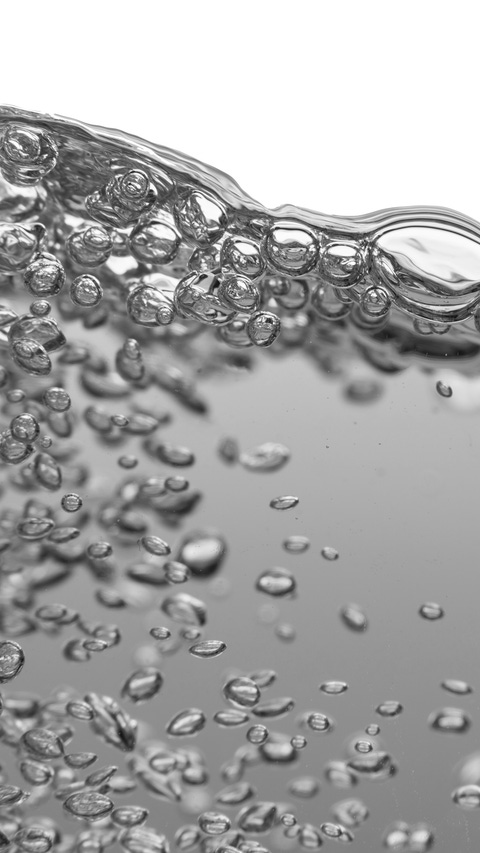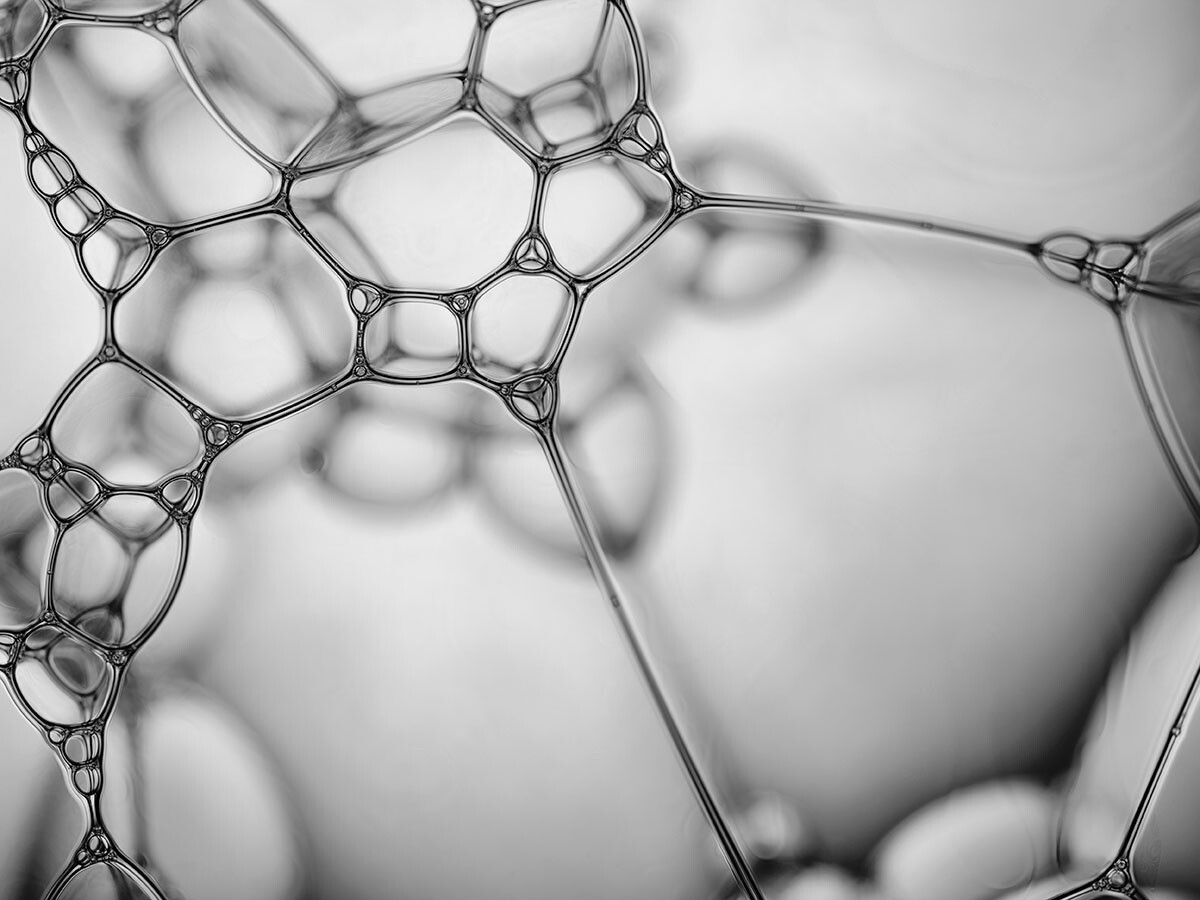The Function of Defoamers in Enhancing Item High Quality and Performance
Defoamers offer as important ingredients that reduce this issue, making sure smoother manufacturing workflows while boosting the functional and aesthetic attributes of the final items. The choice of the proper defoamer can be crucial to achieving optimum outcomes, increasing vital questions concerning formula compatibility and efficiency metrics that warrant additional expedition.
Understanding Defoamers
Understanding the function of defoamers is necessary for preserving product quality across different markets. Defoamers are chemical ingredients made to avoid the development and decrease of foam in liquid systems, which can adversely affect processes such as blending, filling up, and surface stress. Frothing can result in inadequacies, item flaws, and jeopardized visual appeal, making defoamers a crucial element in manufacturing procedures.
In commercial applications, defoamers aid to boost item uniformity and security. The effective use of defoamers not just makes sure smoother production procedures however also contributes to remarkable product performance.
In addition, the option and solution of a defoamer need to align with particular application needs, such as compatibility with other components, performance under differing temperature level and pH conditions, and possible regulatory restrictions. Inevitably, comprehending defoamers' functions and their value in different formulations is essential for optimizing manufacturing and making sure the best end products.
Types of Defoamers
Defoamers can be classified right into a number of kinds based upon their structure and device of activity. The main types include silicone-based, non-silicone natural, and inorganic defoamers.
Silicone-based defoamers are amongst one of the most reliable, primarily because of their capability to spread out quickly on the liquid surface area and interrupt foam formation. Their distinct chemical structure enables for premium stability, making them suitable for high-temperature applications and atmospheres with varying pH degrees.
Non-silicone natural defoamers, commonly composed of all-natural oils or fatty acids, are valued for their biodegradability and lower poisoning. These are commonly used in food and drink applications where safety and ecological influence are paramount.
Not natural defoamers, which consist of compounds like talc or calcium carbonate, act by enhancing the density of the fluid, thereby decreasing foam stability. They are often made use of in industrial procedures where compatibility with other products is not an issue.
Each kind of defoamer has distinctive benefits and restrictions, enabling customized solutions depending on the specific frothing concerns run into in numerous applications. Recognizing these differences is essential for maximizing performance and achieving wanted item high quality.
Applications Throughout Industries
Countless sectors take advantage of defoamers to improve item high quality and operational effectiveness. In the food and drink sector, defoamers are vital in procedures such as brewing and milk production to stop foam development, which can result in inefficiencies and item disparity. By controlling foam, suppliers can ensure better return and an extra uniform product.
In the pharmaceutical sector, defoamers play a crucial role in the formula of liquid medications, where excessive foam can hinder blending and precise application. Their usage helps preserve the integrity of the formulas and assists in smoother production procedures.
The paint and layers market also relies upon defoamers to enhance the efficiency of products throughout application. By lessening foam, these ingredients guarantee a smoother surface and enhance the aesthetic qualities of the last item.

Advantages of Making Use Of Defoamers
While the application of defoamers varies throughout industries, their benefits regularly enhance item top quality and process effectiveness. One considerable advantage is the reduction of foam development during producing processes, which can or else result in production hold-ups and disparities in item high quality. By lessening foam, defoamers allow a smoother circulation of materials, helping with a lot more effective operations and decreasing the likelihood of devices malfunctions.
In addition, making use of defoamers can boost the appearance and structure of last items. In fields such as finishes, paints, and food processing, excessive foam can endanger the visual aesthetics and general top quality, while the ideal defoamer application guarantees a consistent coating and desirable attributes. Defoamers can add to set you back savings by lowering waste throughout manufacturing and optimizing the use of raw materials.

Picking the Right Defoamer
Selecting the right defoamer is important for optimizing production procedures and making certain item top quality. The option of defoamer affects not only the efficiency of foam control however also the overall performance characteristics of the final product. Elements to take into consideration consist of the kind of application, the chemistry of the formula, and the environmental problems under which the item will certainly be made use of.
Different industries might require specific defoamer kinds, such as silicone-based, organic, or polymeric defoamers. Comprehending the compatibility view of the defoamer with the main active ingredients is vital to prevent unfavorable reactions that can endanger product integrity. In addition, the defoamer's performance in different temperature levels and pH degrees should be reviewed to make certain consistent efficiency.
Evaluating the defoamer in small-scale applications can provide valuable understandings into its efficiency and viability. Factor to consider of governing compliance, particularly in food, pharmaceuticals, and cosmetics, is vital in selecting a defoamer. Inevitably, a thorough assessment of these variables will bring about the option of a defoamer that not just regulates foam effectively however also enhances the top quality and efficiency of the end product.
Verdict

In verdict, defoamers are crucial additives that substantially improve item quality and performance throughout different industries. The tactical selection and application of defoamers lead to set you back financial savings, maximized resource use, and increased client satisfaction.
Lathering can lead to ineffectiveness, item issues, and compromised aesthetic appeal, making defoamers a vital element in manufacturing procedures.
